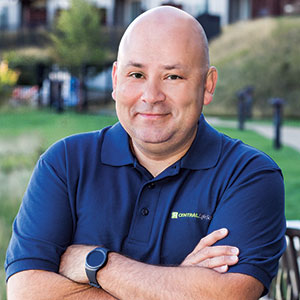
Mel Whitson, Senior Field Technical Service Manager, Zoëcon Professional Products
Before your next wasp and hornet call, consider the following:
⦁ Are you testing your equipment? Before arriving at the treatment site, check your equipment to prevent any malfunctions from happening mid-treatment. PMP safety is a main concern when it comes to stinging insect control, which is why it’s also important to gather proper PPE.
⦁ When and where are you treating? It’s best to treat nests in the morning or late afternoon to ensure minimal nest activity. Exceptionally large nests may require overnight treatment. To easily spot wasp nests, watch the flight path of returning wasps. Also, check for nests in areas like trees, outdoor storage sheds and play equipment.
⦁ What are your clients doing to prevent wasps and hornets? Remind clients to eliminate wasp food sources where they can. Wet dog food and cat food are attractive to wasps, so when possible, clients should feed their pets indoors or remove bowls immediately after feeding. Also, educate clients on the importance of rinsing out any recyclables before putting them in bins to eliminate any food residue, and to always keep garbage cans closed.
Leave A Comment